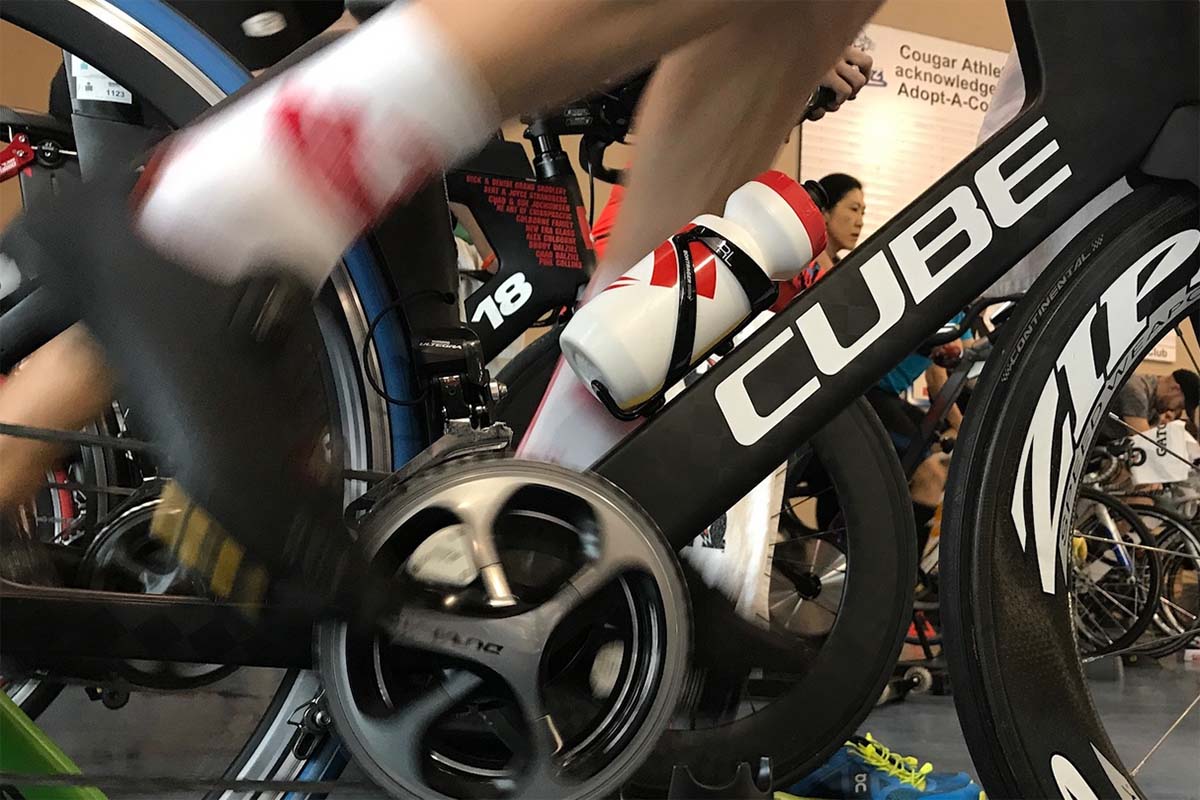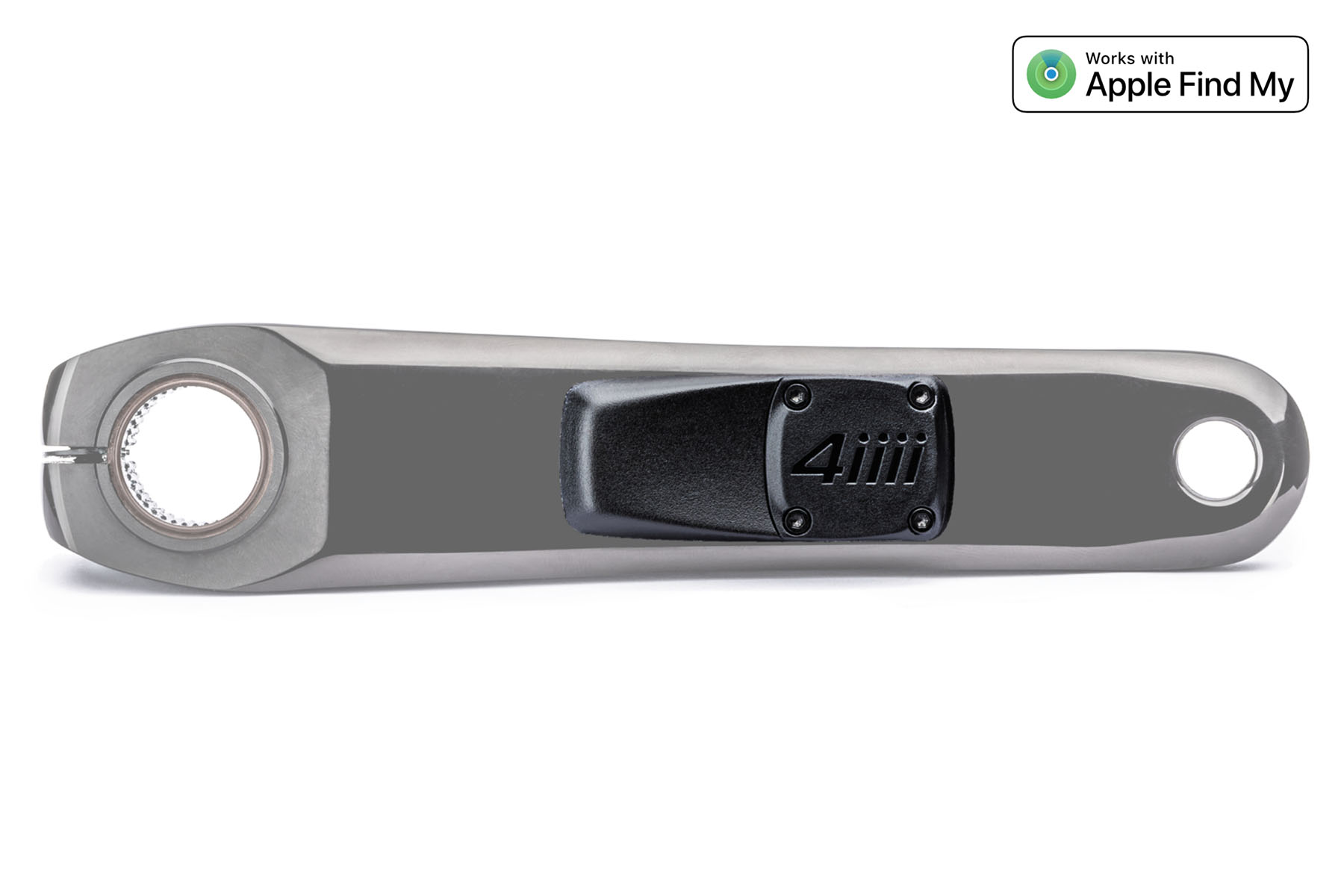What Is FTP? Why Does it Matter For Cyclists?
Posted on March 23, 2018
FTP – What is it?
FTP stands for Functional Threshold Power, defined as the highest power that you can maintain in a quasi-steady state, without fatiguing, for approximately one hour (you’ll need a power meter to measure it). Both FTP and the commonly used 20-minute testing protocol were developed by Dr. Andrew Coggan, co-author of “Training and Racing with a Power Meter”.
FTP – Why it Matters
When we explain the value of power meters in cycling training, we sometimes use a simple analogy: You wouldn’t load up a barbell at the gym and just start doing squats. You’d take a careful approach to how much weight you could handle, for how many repetitions, to achieve a desired kind of growth. In cycling, power meters give us the ability to measure our effort and follow prescribed workouts to maximize the effects of our time spent training.
In 2018, Alex Stieda, the first North American ever to wear the yellow jersey at the Tour de France, explains the benefits of training with power.
Your FTP serves as a baseline measurement of your strength and informs your workouts. For example, a coach or training program might suggest a series of intervals of three minutes at 120% of your FTP, followed by three-minute rest sets at 50% of your FTP. Without FTP as a measurement of your current strength, you’re blindly “loading the bar” with no idea of the implications it will have to your training.
But what about your local hill climb or time trial? Isn’t that a good enough indicator of your strength? Simply put: No. Any number of factors can affect your time: headwinds, pacing, tire pressure, clothing, humidity, equipment…the beauty of accurate power measurement is that it doesn’t lie. If you had a strong effort but were 20 seconds slower on your local time trial because you were battling a headwind, your power numbers will tell the story accurately.
FTP – What can you do with it?
- Measure your improvement.
- Understand what effort levels you can sustain for different durations.
- Use training software programs to calibrate your training zones.
Setting the Standard: The 20-minute FTP Test
To determine your FTP, you need a power meter and some form of training program or measuring device. Most training programs and head units will automatically note any increases in your 20-minute power numbers, and some will even guide you through the testing protocol. You can take the test outdoors or indoors, as long as you have enough road to ride an uninterrupted 20-minute all-out effort. Below, we’ve highlighted a protocol for an FTP test.
To take a self-directed test, follow Dr. Coggan’s steps:
- 20 minutes easy warm-up
- 3 x 1-minute hard effort wind- ups with a minute rest between (100 rpm pedal cadence)
- 5 minutes rest, pedaling easy
- 5 minutes all-out (hard at first, but make sure you can complete the 5 min)
- 10 minutes pedaling easy
- 20-minute time trial effort- This is the actual test. Pace yourself so you can last the full 20 min, maintaining the highest level of average power that you can
- 10 to 15-minute cooldown
- At the end of the 20-minute test, take your average power number and 95% of that figure is your FTP.
20min power × .95 = FTP
Cyclists love to compare FTP figures at the café, but how your numbers compare to that of another rider isn’t the whole picture. Your FTP is just for you. The highest FTP won’t always win a race, for example. The rider with highest power-to-weight ratio will have the easiest time on a hill climb — but even in a flat time trial, factors like drag, strategy, and pacing will help determine the winning time and not a rider’s FTP. Still, it is a measuring stick and thus comparisons will be always be made.
Training to Increase FTP
Once you’ve established your FTP, it’s time to choose a training program, if your desire is to improve FTP over time. Training programs like TrainerRoad, Zwift and The Sufferfest have prescribed training programs, or you can enlist the help of a coach to guide you through a program that is purpose-built for your goals. In future articles, we will go into greater detail about these training programs, including advice from coaches and athletes who use these workouts successfully.
With regular training, it’s a good idea to retest your FTP every six weeks or so. That way, if you’ve seen some gains in your numbers, your prescribed workouts will change to your new number as well and you can continue to get stronger.



